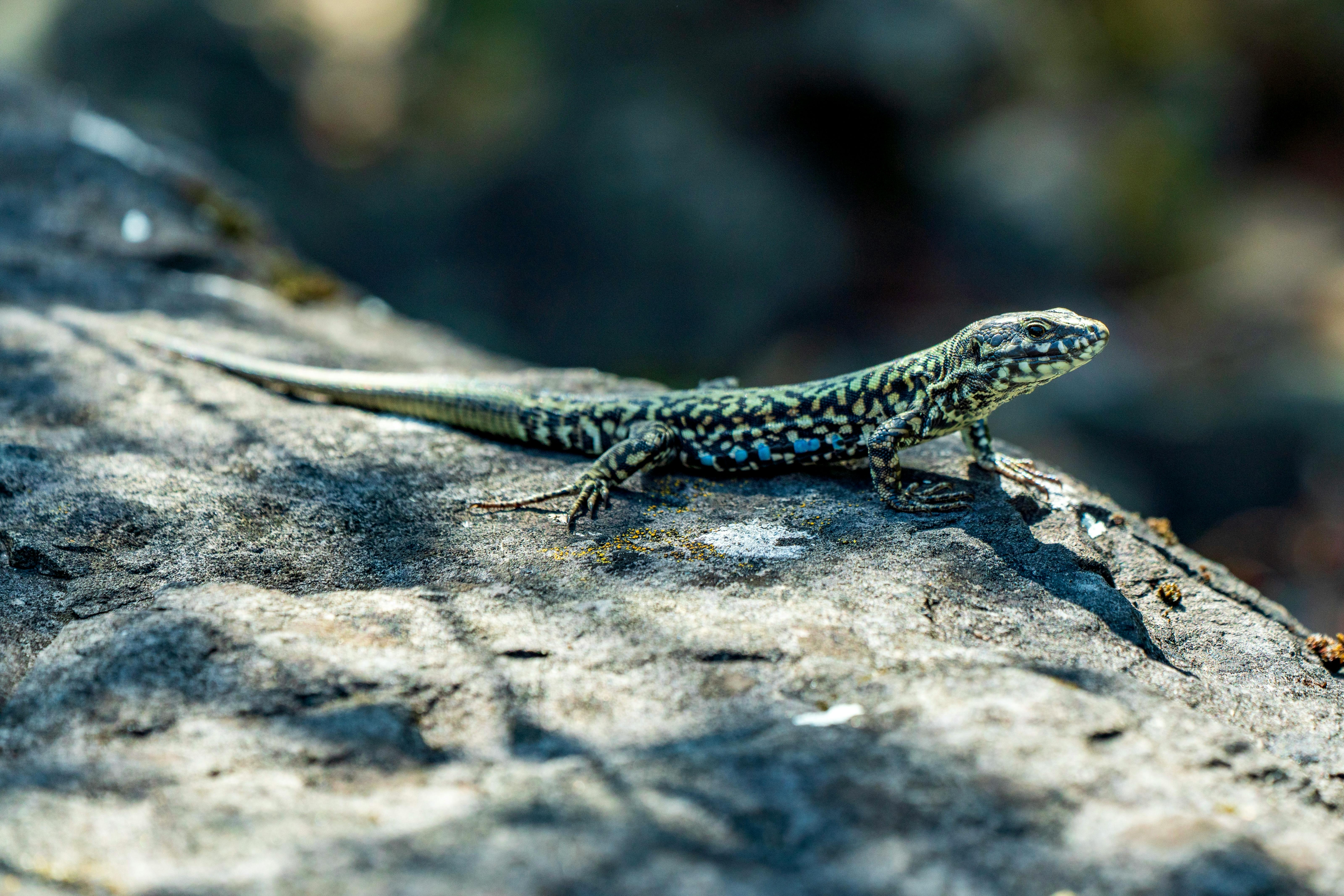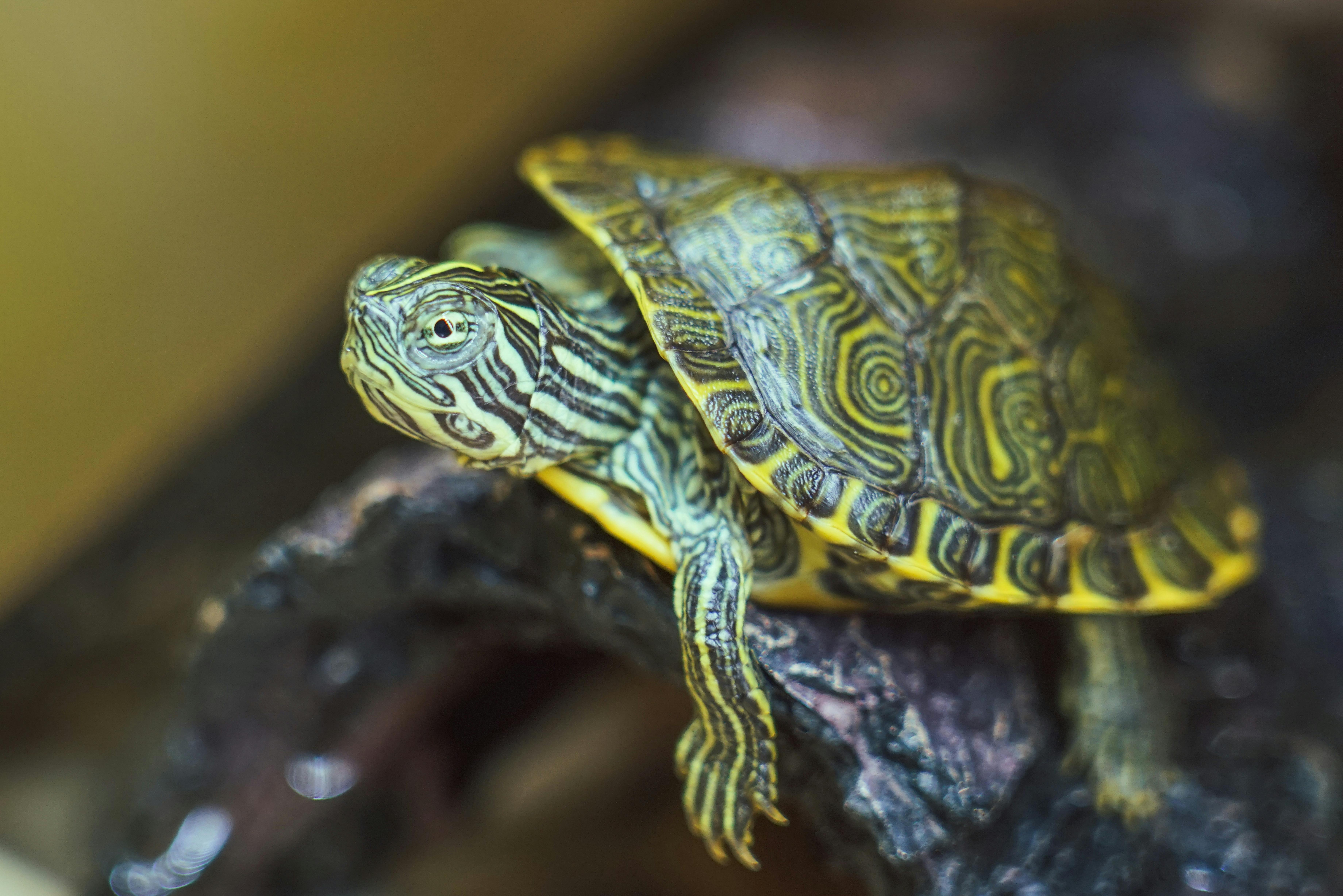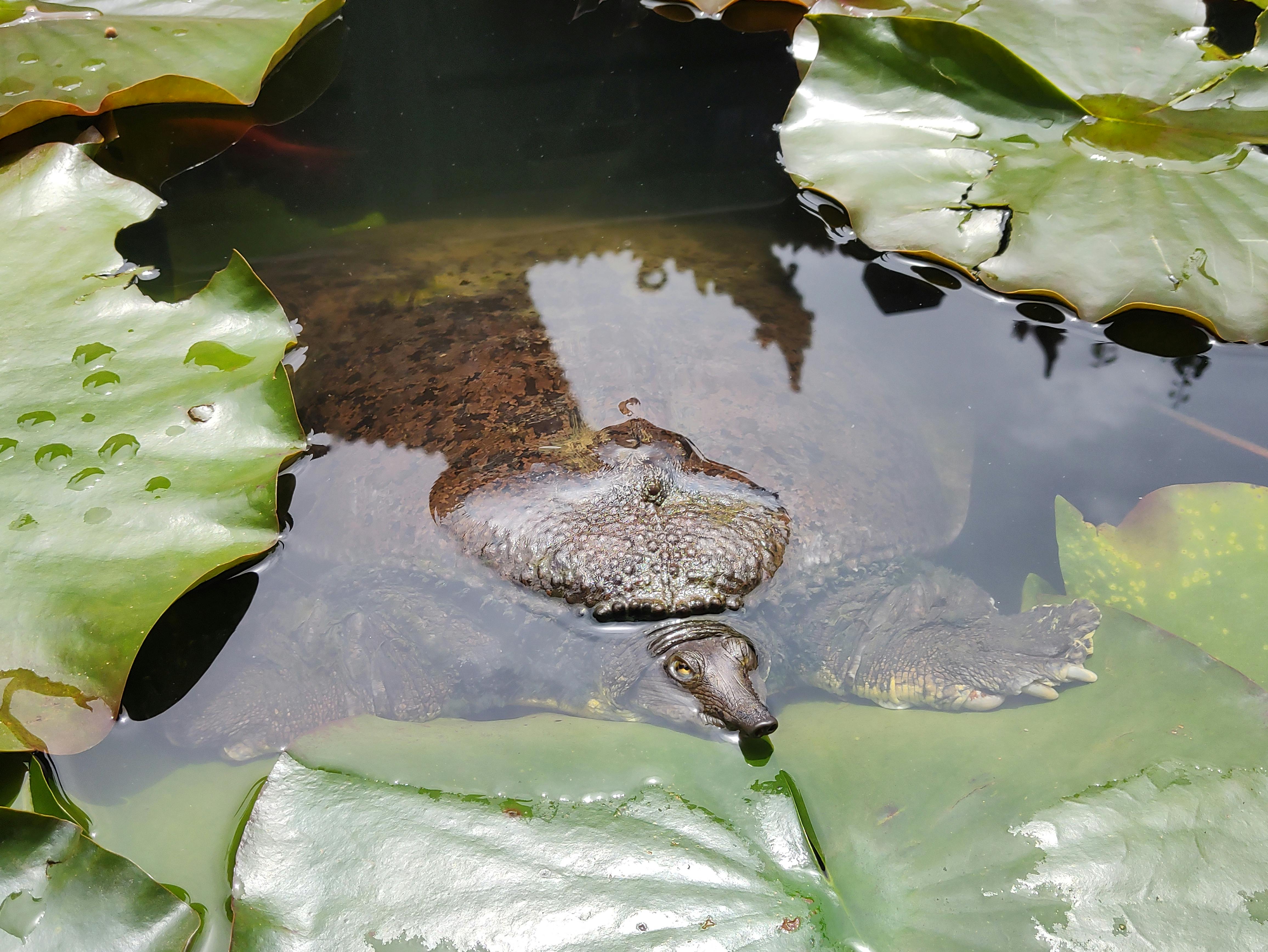Are you a reptile owner? Do you have a pet snake, lizard, or turtle? If so, you may have noticed that sometimes your reptile hides a lot. While a little hiding is normal, excessive hiding behavior can be a cause for concern. In this article, we will explore what excessive hiding behavior looks like in reptiles and discuss some strategies for managing it. So if you want to help your scaly friend feel more comfortable and confident, keep reading!
Understanding Excessive Hiding Behavior
Definition of excessive hiding behavior
Excessive hiding behavior refers to the tendency of reptiles to spend an excessive amount of time concealed in their hiding spots, often avoiding interaction with their owners. While some amount of hiding is normal and necessary for reptile well-being, excessive hiding can be concerning and may indicate underlying issues.
Causes of excessive hiding behavior
Several factors can contribute to excessive hiding behavior in reptiles. One common cause is stress, which can be caused by changes in the reptile’s environment, inadequate hiding spots, or lack of proper nutrition. Infections, parasites, or other health conditions can also lead to excessive hiding. Additionally, reptiles that have not been properly socialized or have had negative experiences with humans may exhibit excessive hiding behavior as a defense mechanism.
Signs of excessive hiding behavior
As a reptile owner, it is important to be able to recognize signs of excessive hiding behavior. These include consistently spending the majority of their time hidden or in their hiding spots, avoiding interaction, and showing signs of fear or distress when approached. Changes in eating habits, such as refusing food or regurgitating meals, can also be indicators of excessive hiding behavior.
Promoting a Safe and Comfortable Environment
Providing appropriate hiding spots
To help manage excessive hiding behavior, it is crucial to provide your reptile with appropriate hiding spots. These hiding spots should be spacious enough for your reptile to comfortably fit inside and should be located in both the warm and cool areas of the enclosure. Natural materials like rocks, logs, and plants can be used to create hiding spots that resemble their natural habitats.
Optimizing temperature and humidity levels
Reptiles are ectothermic creatures, meaning they rely on external sources of heat to regulate their body temperature. Maintaining appropriate temperature gradients within their enclosure is essential to their overall health and comfort. Research your specific reptile’s temperature requirements and provide a temperature gradient by using heating lamps or heating pads. In addition to temperature, maintaining proper humidity levels is also important. Some reptiles require higher humidity levels, while others prefer drier environments. Regularly monitor and adjust the humidity levels within the enclosure as necessary.
Creating a balanced light cycle
Reptiles require a balance of light and darkness in their environments to mimic their natural day and night cycles. Ensure that your reptile’s enclosure has a proper lighting setup, including both a heat source and a source of UVB light. The heat lamp should provide warmth, while the UVB light should mimic natural sunlight and help with calcium absorption. Providing a consistent light cycle of 12-14 hours of light and 10-12 hours of darkness can help regulate their behavior and promote a healthy sleep pattern.

Nutrition and Feeding Techniques
Offering a varied diet
Proper nutrition is crucial in preventing and managing excessive hiding behavior in reptiles. It is important to offer a varied diet that meets the specific dietary needs of your reptile species. Research your reptile’s dietary requirements and provide a combination of insects, fruits, vegetables, and sometimes small vertebrates like mice or fish. Offering a variety of food options not only ensures a balanced diet but also provides mental stimulation for your reptile.
Utilizing different feeding techniques
Some reptiles may have specific feeding behaviors or preferences that need to be accommodated. For example, arboreal reptiles may prefer to have their food presented at elevated heights, while ground-dwelling reptiles may require their food to be placed directly on the substrate. Experiment with different feeding techniques to find what works best for your reptile.
Ensuring proper nutrition
In addition to offering a varied diet, it is important to ensure that the nutritional needs of your reptile are being met. Calcium and vitamin supplements may be necessary to prevent deficiencies and promote optimal health. Dusting food items with a reptile-specific calcium powder or providing access to a calcium supplement dish can help ensure proper calcium intake. Consult with a veterinarian to determine the appropriate supplementation for your reptile.
Social Interaction and Enrichment
Stimulating social interaction
Reptiles, although often viewed as solitary animals, can benefit from social interaction with their owners. Spend time near your reptile’s enclosure, talking softly and making gentle movements. Avoid sudden and overwhelming gestures as they can cause stress. Over time, your reptile may become more comfortable with your presence and start showing interest in interacting with you.
Introducing reptile companions
In some cases, providing a reptile with a companion of the same species can help reduce excessive hiding behavior. However, it is crucial to research the compatibility of the reptile species and their specific socialization needs before introducing a new reptile. Ensure that both reptiles are of the same size and age and that their enclosure is appropriately sized to accommodate both animals comfortably.
Implementing enrichment activities
Enrichment activities are important for keeping reptiles mentally stimulated and engaged. Provide your reptile with toys, such as branches, tunnels, or puzzle feeders, that encourage exploration and natural behaviors. Rearranging the enclosure periodically or introducing new items can also provide mental stimulation and reduce excessive hiding.

Regular Handling and Taming
Gradual acclimation to human interaction
If your reptile shows excessive hiding behavior when approached, it may require gradual acclimation to human interaction. Start by spending short periods near the enclosure, gradually increasing the duration over time. As your reptile becomes more comfortable, you can begin introducing gentle touches, such as lightly stroking their back or head. Always be patient and allow your reptile to set the pace of the interaction.
Avoiding excessive handling
While regular handling can help reduce excessive hiding behavior, it is important to avoid excessive handling that may cause stress to your reptile. Handle your reptile gently and for short periods, gradually increasing the duration as they become more comfortable. Observe their body language for signs of stress, such as hissing, tail thrashing, or attempting to bite, and respect their boundaries.
Building trust through positive reinforcement
Building trust with your reptile is crucial in reducing excessive hiding behavior. Use positive reinforcement techniques, such as offering treats or verbal praise, when your reptile shows calm behavior or interacts with you positively. This positive association helps promote trust and encourages your reptile to feel more comfortable and secure outside of their hiding spot.
Addressing Medical Issues
Consulting a veterinarian
If you are concerned about your reptile’s excessive hiding behavior, it is important to consult with a veterinarian specializing in reptile care. They can conduct a thorough examination, including any necessary tests, to rule out any underlying medical conditions that may be contributing to the behavior. A veterinarian can guide proper treatment and management strategies tailored to your reptile’s specific needs.
Identifying and treating underlying health conditions
In some cases, excessive hiding behavior may be a symptom of an underlying health condition. Common health issues that can contribute to excessive hiding include infections, parasites, or nutritional deficiencies. Following a veterinarian’s advice, administer any necessary medications or treatments to address these conditions. Regular veterinary check-ups will also help catch any potential health issues early and prevent them from worsening.
Managing stress and anxiety
Just like humans, reptiles can experience stress and anxiety. Environmental changes, improper husbandry, or negative past experiences can all contribute to reptile stress. Minimize stress in their environment by maintaining stability and consistency in their enclosure, avoiding sudden changes, and providing a safe and secure hiding spot. Creating a calm and predictable environment can help manage excessive hiding caused by stress.

Behavioral Training and Conditioning
Implementing desensitization techniques
Desensitization techniques can be a helpful tool in managing excessive hiding behavior. Gradually expose your reptile to stimuli that typically trigger their hiding response, starting with low-intensity exposure. Over time, increase the intensity or duration of the stimuli while monitoring your reptile’s reaction. This gradual exposure helps desensitize them to the triggering factors and reduces their instinct to hide.
Reward-based training methods
Using reward-based training methods can also assist in managing excessive hiding behavior. When your reptile shows positive behaviors, such as exploring outside of its hiding spot or approaching you willingly, provide them with rewards, such as their favorite food treat. This positive reinforcement strengthens the desired behavior and encourages your reptiles to engage more with their surroundings.
Modifying behavior through positive reinforcement
In addition to rewards, positive reinforcement techniques can be used to modify specific behaviors. For example, if your reptile tends to hide immediately when approached or attempts to flee, discourage this behavior by gently but firmly redirecting them back to their enclosure. Reward them with praise or treats when they remain outside of their hiding spot or show calm behavior. This helps positively reinforce the desired behavior and discourage excessive hiding.
Monitoring and Documentation
Keeping track of hiding patterns
To better understand and manage your reptile’s excessive hiding behavior, it can be helpful to keep track of their hiding patterns. Note the times of day when your reptile is most active or tends to hide the most. This information can provide insights into their natural behavior and help identify any changes or abnormalities. Tracking hiding patterns over time may also help determine if there are any potential triggers for excessive hiding.
Implementing a monitoring system
Consider implementing a monitoring system to observe your reptile’s behavior when you are not present. This can be done through the use of surveillance cameras or remote monitoring devices. By reviewing the footage or data collected, you can gain a better understanding of your reptile’s behavior and identify any patterns or triggers that contribute to excessive hiding.
Recording behavioral changes
Keep a journal or record of any notable changes in your reptile’s behavior. Note any improvements or regressions in their excessive hiding behavior, as well as any factors or events that may have triggered these changes. This documentation can assist you and your veterinarian in analyzing potential causes and determining the most effective management strategies.
Seeking Professional Assistance
Consulting a reptile behaviorist
If you are struggling to manage your reptile’s excessive hiding behavior, consider seeking the help of a reptile behaviorist. These professionals specialize in reptile behavior and can provide expert advice on managing and modifying undesirable behaviors. A reptile behaviorist will conduct a thorough assessment of your reptile’s environment and behavior and develop a personalized behavior modification plan tailored to their specific needs.
Joining reptile communities and forums
Connecting with other reptile owners through online communities and forums can provide valuable support and advice. Share your experiences and concerns with other reptile enthusiasts who may have dealt with similar issues. Discussing your reptile’s excessive hiding behavior with knowledgeable individuals can offer new perspectives and helpful suggestions for managing the behavior effectively.
Attending reptile care workshops and seminars
Consider attending workshops or seminars focused on reptile care and behavior. Reptile experts often host educational events where you can learn about best practices, behavioral management techniques, and new research in the field. These workshops and seminars provide excellent opportunities to expand your knowledge and gain additional tools for addressing your reptile’s excessive hiding behavior.
Consistency and Patience
Building a routine
Reptiles thrive in environments that are consistent and predictable. Establish a daily routine for your reptile that includes regular feeding times, consistent light cycles, and a predictable schedule of interactions and activities. This routine provides a sense of security for your reptile, reducing stress and promoting a more relaxed and comfortable environment.
Allowing time for adjustment
Addressing and managing excessive hiding behavior requires time and patience. Change does not happen overnight, and reptiles may take longer to adjust to new conditions or socialization efforts. Be patient with your reptile and allow them the time they need to feel comfortable and secure outside of their hiding spot. Avoid rushing or forcing interactions, as this can result in heightened stress and anxiety.
Maintaining a patient approach
Patience is key when managing excessive hiding behavior in reptiles. Some reptiles may take longer to acclimate to changes or overcome their fear of interaction. Approach your reptile with a calm and patient demeanor, using gentle and slow movements. By consistently demonstrating patience, you allow your reptile to feel safe and build trust over time.
Managing excessive hiding behavior in reptiles requires a thorough understanding of their natural behaviors, appropriate environmental conditions, and effective behavioral management techniques. By providing a safe and comfortable environment, addressing nutritional needs, promoting social interaction, and seeking professional assistance when necessary, you can help your reptile feel more comfortable and secure outside of its hiding spot. With consistency, patience, and a tailored approach, you can effectively manage excessive hiding behavior and create a positive and enriching experience for your reptile.

